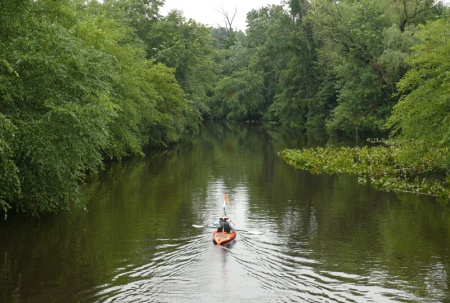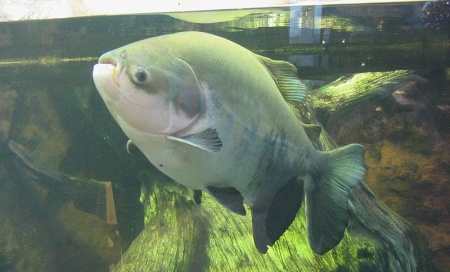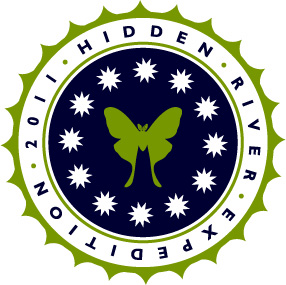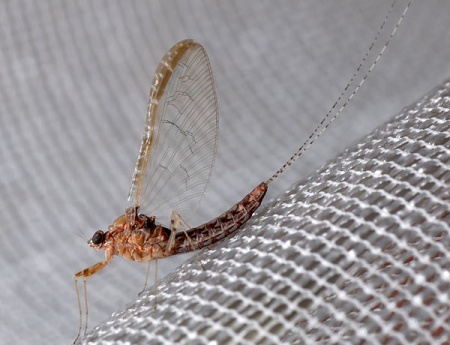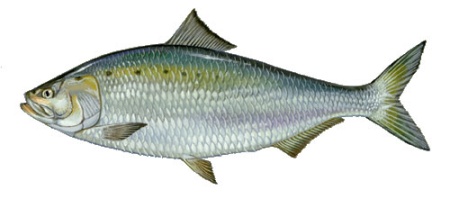
Elliptio complanta freshwater mussel (Photo: Partnership for the Delaware Estuary)
Bivalves are everywhere: Here's a roundup of some recent articles on the local oyster and mussel population:
A report on mussels in the Delaware River near Philadelphia from Grid magazine:
"There's a lot more mussel work to be done out in the Delaware. In 2010, the research team found a species previously thought to be locally extinct, the Tidewater Mucket. The last comprehensive survey for Delaware River mussels was performed in 1919, and, as Thomas pointed out, the recent surveys have only looked in relatively shallow water. There's no telling what mussel beds sit in the channel."
One article on oyster reef restoration efforts in the Delaware Bay from the News of Cumberland County:
"This year, the task force is trying to promote awareness about oyster restoration after raising $200,000, said Jennifer Adkins, executive director of the Partnership for the Delaware Estuary. According to Adkins, oysters in the Delaware Bay have been hit hard with diseases and are being affected.
'Ultimately, our goals for oyster restoration are to get the oyster populations back to their historic levels. We’d love to see where the populations are high again and be more self-sustaining,' she said."
And a second article on oysters from CommunityPub.com:
"Sea captains employed by the Delaware Bay Oyster Restoration Task Force are currently wrapping up efforts to replenish oyster reefs off Delaware and New Jersey. According to past experience, these efforts will boost the economies of local bayshore communities by approximately $5 million over the coming years. In addition, oyster restoration also results in cleaner water and better fish habitat."

